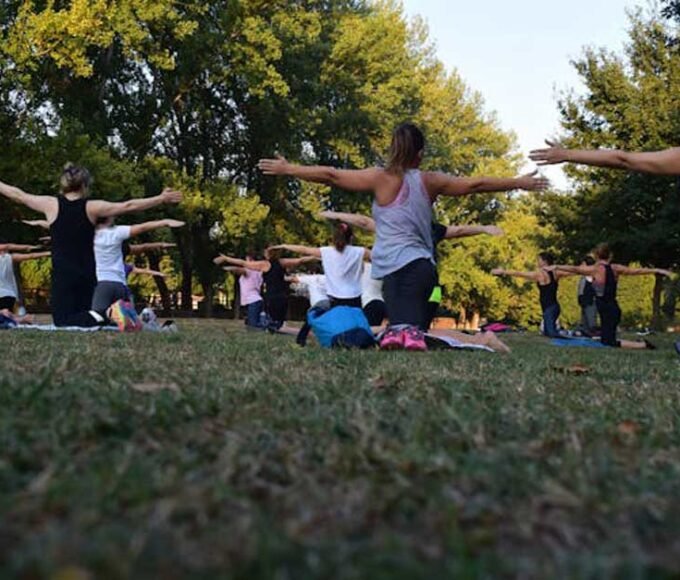The elbow helps you complete a wide range of dynamic movements. Its function and use are often overlooked until an injury or abnormality occurs. As a vital part of the upper body, the elbow’s functions cannot be overlooked. This is why you should see a doctor as soon as you’re experiencing serious elbow pain. But what constitutes serious elbow pain? Learn more about QC Kinetix (Charlotte) guide on serious elbow pain and when to see a doctor.
Common signs of serious elbow pain
Severe Pain When Moving the Elbow
Pain is an abnormality that often warns the body of injuries or misalignment. Pain can be presented in degrees, depending on each individual’s endurance level. However, severe pain often indicates a more serious problem that requires immediate attention to prevent further complications.
So, if you’re experiencing severe pain when using your elbow, the chances are high that you’re dealing with a much bigger problem than you suspected.
We recommend seeing your doctor as soon as possible to investigate and address the pain. Your doctor may ask common questions like when you first experienced the pain and how progressively the pain has worsened since then. Your doctor may also ask to know your activities before the first painful symptom was registered. These questions help to guide diagnosis and help pinpoint the problem and how to address it.
Depending on the exact location of the pain, you may be diagnosed with conditions like stress fractures, tennis elbows, or arthritis. Your doctor will not only offer diagnosis and education but will also recommend treatment options to address the specific diagnosis.
Constant Elbow Pain
Sometimes it’s hard to remember the last time you used a part of your body without feeling pain or discomfort. While the discomfort may not be severe, it’s still there and has become a part of your existence and daily life.
Such pain is known as chronic pain because it lingers for the longest time without improvement. The pain may worsen depending on the victim’s health condition and diagnosis. You should see a doctor if you’re experiencing such symptoms.
Such constant pain can sometimes be linked to gout, lupus, Lyme disease, or arthritis. They may also linger for a lot longer than you expected without improvements or with gradual degeneration. Seeing a doctor quickly can help you arrest the problem and chart a path to improvement.
No Improvement Experienced After Rest and Ice Therapy
Rest and ice therapy are recommended at-home first aid treatments for joint pain. However, not all joint pain problems will respond favorably to this treatment.
You should schedule an appointment with a doctor if your elbow pain symptoms have failed to improve after this home therapy. There are chances that the problem may be deeper or more severe than you anticipated.
Seeing a doctor as fast as possible can help you diagnose the problem. It can also reduce the amount of pain and discomfort experienced as a result of the problem.
Visible Lump or Inflammation On the Elbow
Deformations or changes in appearance are often common signs of diseases and abnormalities. If you’ve suddenly discovered a lump or elbow inflammation, chances are high that you’re dealing with a much bigger problem than expected.
Lumps and inflammations may be due to mild or severe symptoms and should be checked out quickly. Contacting a doctor and having the problem checked can help you rule out worst-case scenarios or help you to better manage those conditions to avoid further degeneration.
Your doctor will also recommend treatments to address the lump or inflammation as well as the pain associated with it.
Limited Range of Movement
The elbow is a coalition of complex nerves and muscles that support a wide range of movement. Elbow injuries can affect your gait, balance, use of your upper limbs, and other activities.
It is best to see a doctor to investigate elbow problems when you start experiencing a limited range of motion. The limited range of motion may be presented in the form of an inability to stretch the elbow, collapse the elbow, weak elbows that don’t support lifting, and more.
A limited range of motion could also be presented in the form of difficulty in throwing, pushing, or pulling. You may also experience elbow stiffness or restricted movement, all of which should be reported to your doctor as quickly as possible.
Numbness or Tingling Feeling
Elbow numbness is not a good symptom. The same goes for the tingling sensation you feel. Such sensations may have started after a fall or other accidents. Numbness and tingling feelings can commonly be traced to problems with the ulnar nerves. You should contact your doctor to report such developments as soon as possible.
Experiencing any of the above-described symptoms? See a doctor.
















